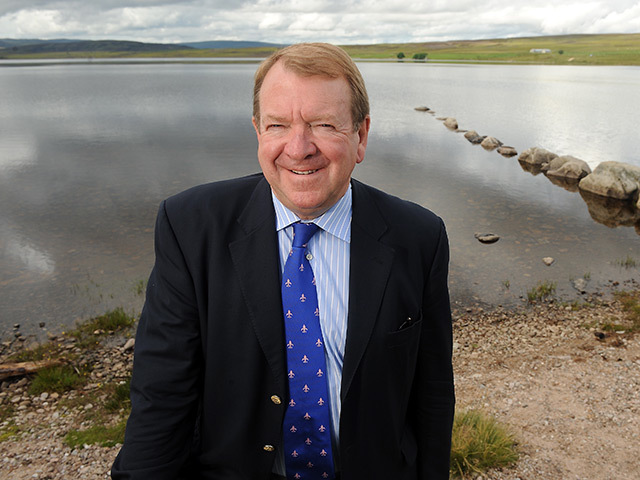
Money poured into wind power will one day be almost the same as the banking crisis, a Scottish MEP claimed last night.
Conservative Struan Stevenson said billions of pounds was being spent on an unreliable power source that only provides a fraction of the country’s energy needs.
He made his comments on the back of a study that showed how electricity from windfarms fluctuated wildly over the summer.
On one day windfarms contributed 95,206MWh of metered electricity to the National Grid, but two days later it fell to 6,293MWh.
Mr Stevenson said the £7billion spent on 5,000 wind turbines in the UK would have paid for a third generation nuclear reactor – including decommissioning and waste storage – which would work round the clock at 80%-90% capacity for the next 80 to 90 years.
By comparison, turbines were at best 25% efficient, and needed to be backed up by other sources of electricity generation for backup when the wind did not blow.
“In 15 or 20 years these installed turbines will be redundant, they will be rusting hulks,” Mr Stevenson said.
“The whole thing is a catastrophic waste of money. Future generations will look back and shake their heads in wonder that we wasted money on such a colossal scale. It will be almost the equivalent of the banking scandal.”
Niall Stuart, chief executive of the industry body Scottish Renewables, strongly refuted Mr Stevenson’s claims.
Wind power was only “one part of the jigsaw”, he said. What was needed was greater connection with the rest of the UK and Europe, a wider portfolio of renewables, including hydro, biomass and marine energy, and investment in storage.
New nuclear power will require similar levels of subsidy as wind, he said.
“In fact, it will cost us £65billion to clean up Sellafield alone – that sum dwarves the support given to renewables in Scotland,” Mr Stuart said.
“Windfarms only receive cash for electricity generated or when the grid operator can’t meet its obligation.
“It is meaningless to cherry-pick times of the day where wind generation is low – what matters is the output over a year.”
Recommended for you
